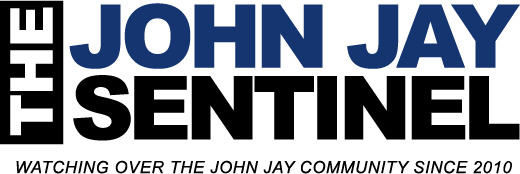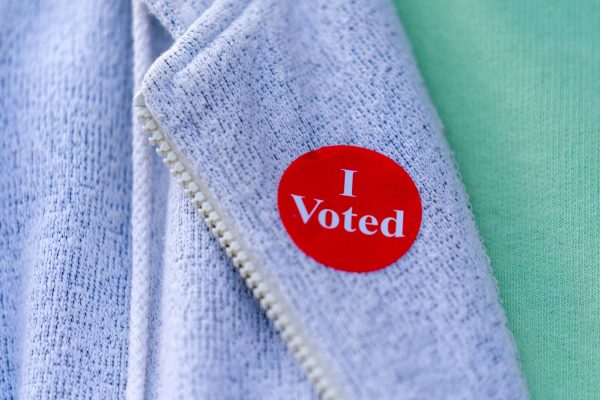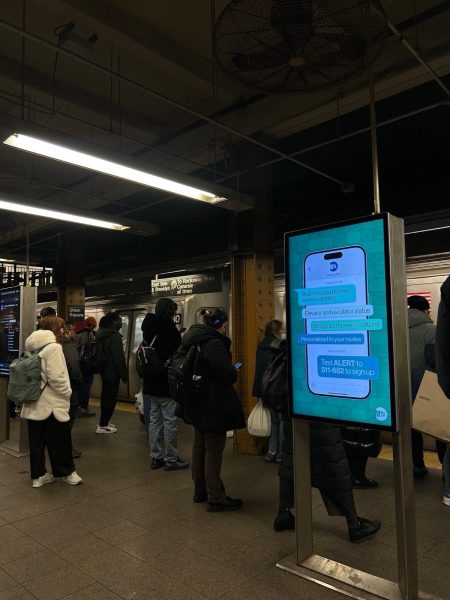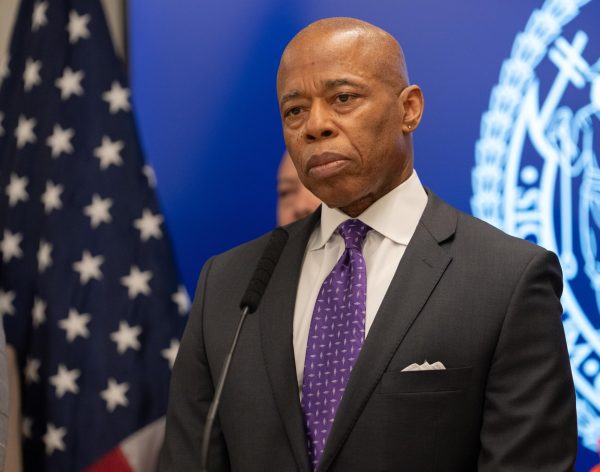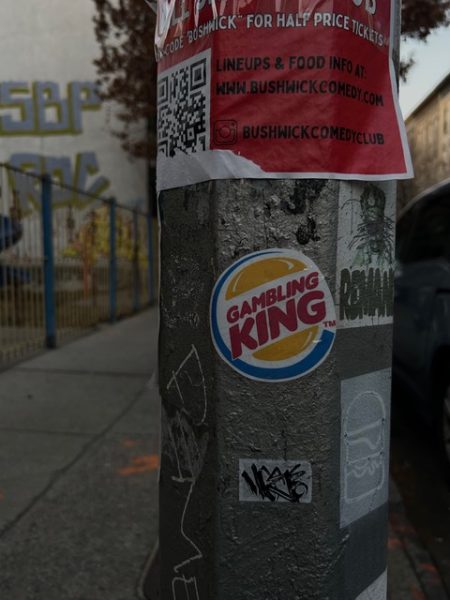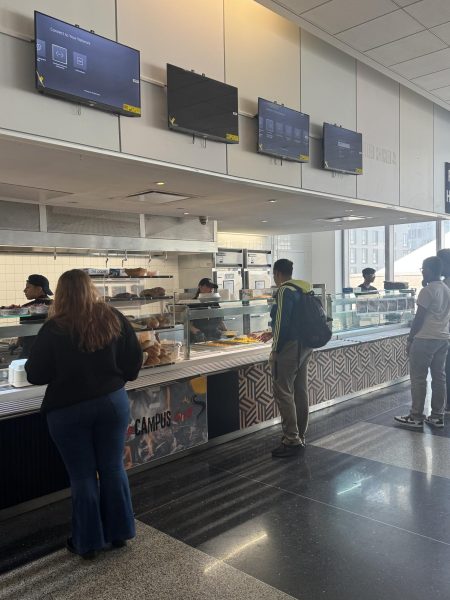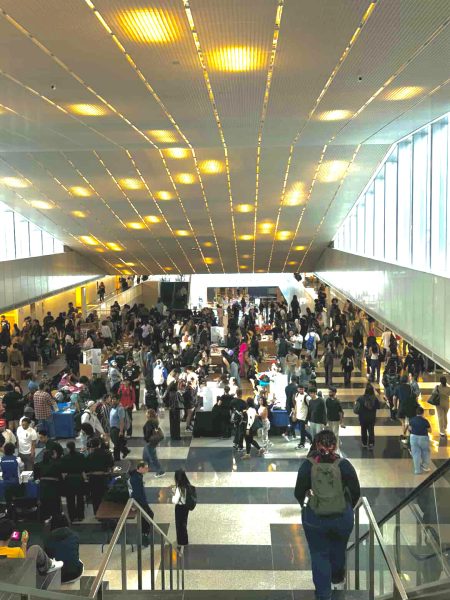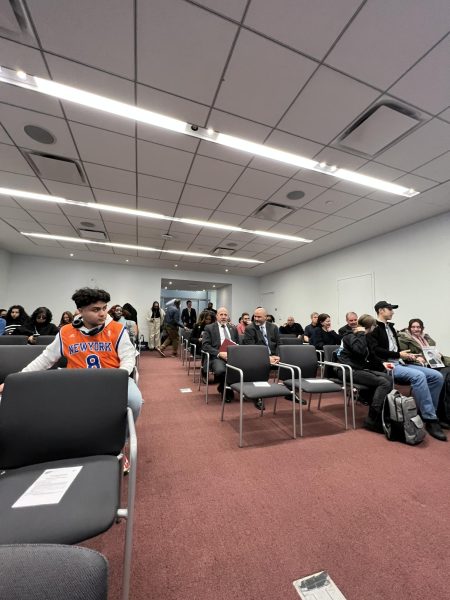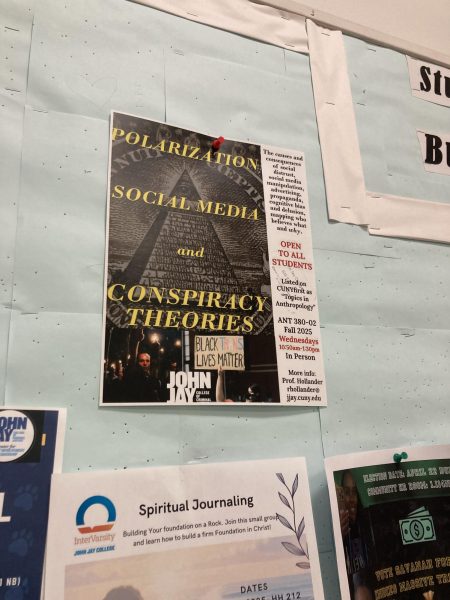Beyond the Turnstiles
Courtesy of Flickr
The train station had never looked more intimidating. From across the tracks, one could see her anxious expression as she hesitates to swipe at the turnstiles. She questions submitting herself to the MTA, a company she relies on as a low-income CUNY student, but one that is taking one-third of her minimum-wage paycheck.
The earner of this paycheck, Lissette Castellanos, is just one of many CUNY students who rely on the MTA.
“Student transportation fees are a lot, they really are, especially since I’m still young and I want to make money for my future and they’re just taking a lot out,” said Castellanos.
She can’t qualify for the NYC Fair Fare’s half-priced metrocard program because her low income doesn’t meet the even lower income requirements of a four person household. Castellanos also can’t enter ACE, the CUNY program which offers full fare metrocards, because the program does not accept STEM majors.
“Other majors are in it but not mine so it’s like an exclusive thing for certain majors, which sucks but what can I do about it?,” said Castellanos.
According to ACE Director, DeLandra Hunter, the program strives to help students graduate in 4 years and STEM majors generally take longer to graduate.
As a result, there is a limited availability of metrocards or commuter discounts. Director Hunter believes expanded metrocard accessibility could occur through the program.
“Because when you’re talking to policy-makers and funders, they would like to know what the benefits are and ACE is a good place to start because we have demonstrating evidence that ACE does work,” said Hunter.
Hunter supports increased funding towards ACE because it could lead to benefits the program offers, like metrocards and textbooks, being viable to more students.
“If you invest in students, you’re going to get well-educated, fierce advocates for justice out in the community doing great things,” said Hunter. “So why not invest in that?”
Macaulay Honors Director, Dr. Raymond Patton, carries the same beliefs as Hunter. Patton agrees with making metrocards available to everyone, but he is concerned about where the money would come from. He concedes that funding for metrocards may have to be slashed from someplace else.
Honors and cohort programs like Macaulay and ACE endeavor to create opportunities and benefits for students. However, extended access to full fare metrocards depends upon how the college and CUNY handles its budget.
“With our limited resources, how do we do that?,” poses Mark Flower, Vice President of Finance and Chief Operating Officer at John Jay. “The challenge then becomes that we need to increase our enrollment in order to generate more revenue and balance our budget, and once we get to that case, then we can start looking at supporting students with metrocards.”
A higher student enrollment leads to more money for the college’s budget and a better chance of student commute support.
“Then it really becomes about looking at the priorities of the balanced budget,” said Flower.”The biggest expense for us at John Jay are salaries. 94 percent of our expenses are salaries and the other 6 percent are in things other than salaries.”
Despite the growing need for student metrocards, Flower’s priority for students is tuition assistance rather than student transportation and other commodities.
For those looking for student metrocards, the solution may come from a recent Student Council initiative to allocate $45,000 towards purchasing $67.50 Metro Cards for 667 students this and next semester.

